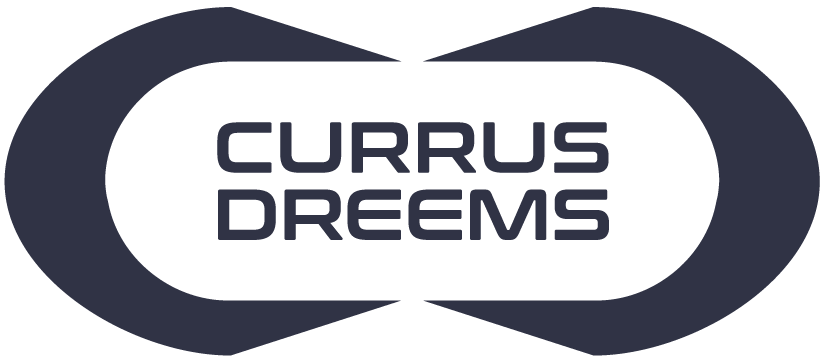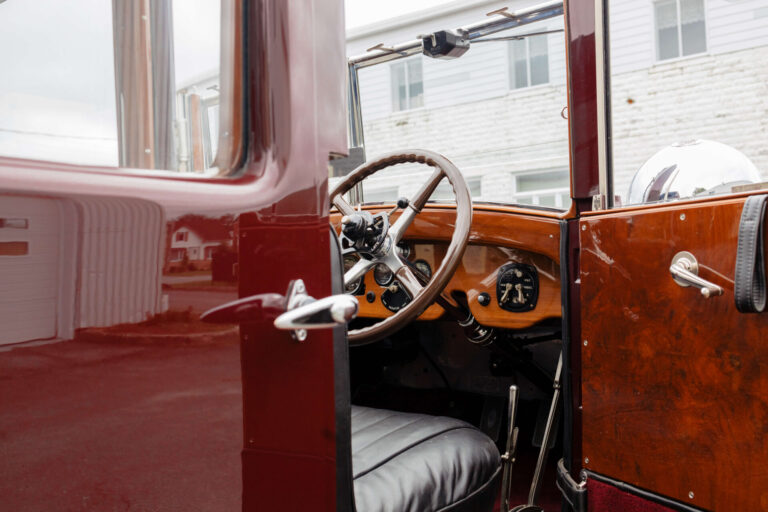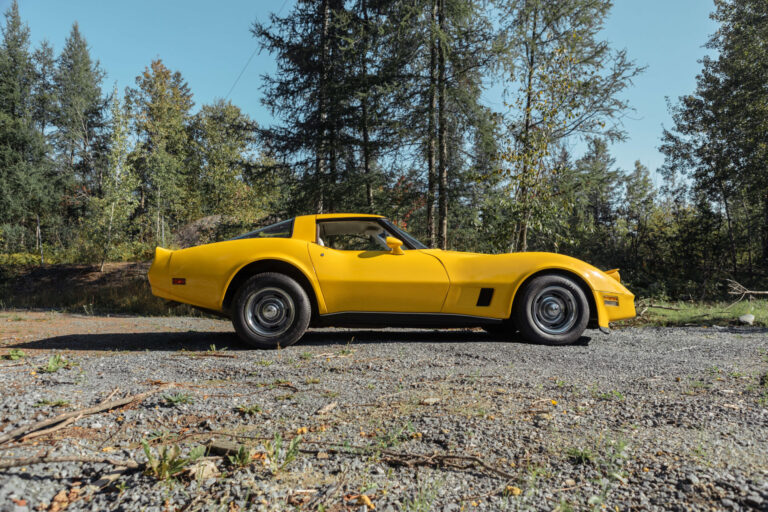The Automotive Dream “One man and his dream had not simply left the world with an engine and four wheels; Henry Ford and his Model T had influenced people's everyday lives - where they lived, how they spent their leisure time, even how they viewed themselves.” - Gary...
The 1928 Cadillac 341-A Sport Dual Cowl Phaeton V8
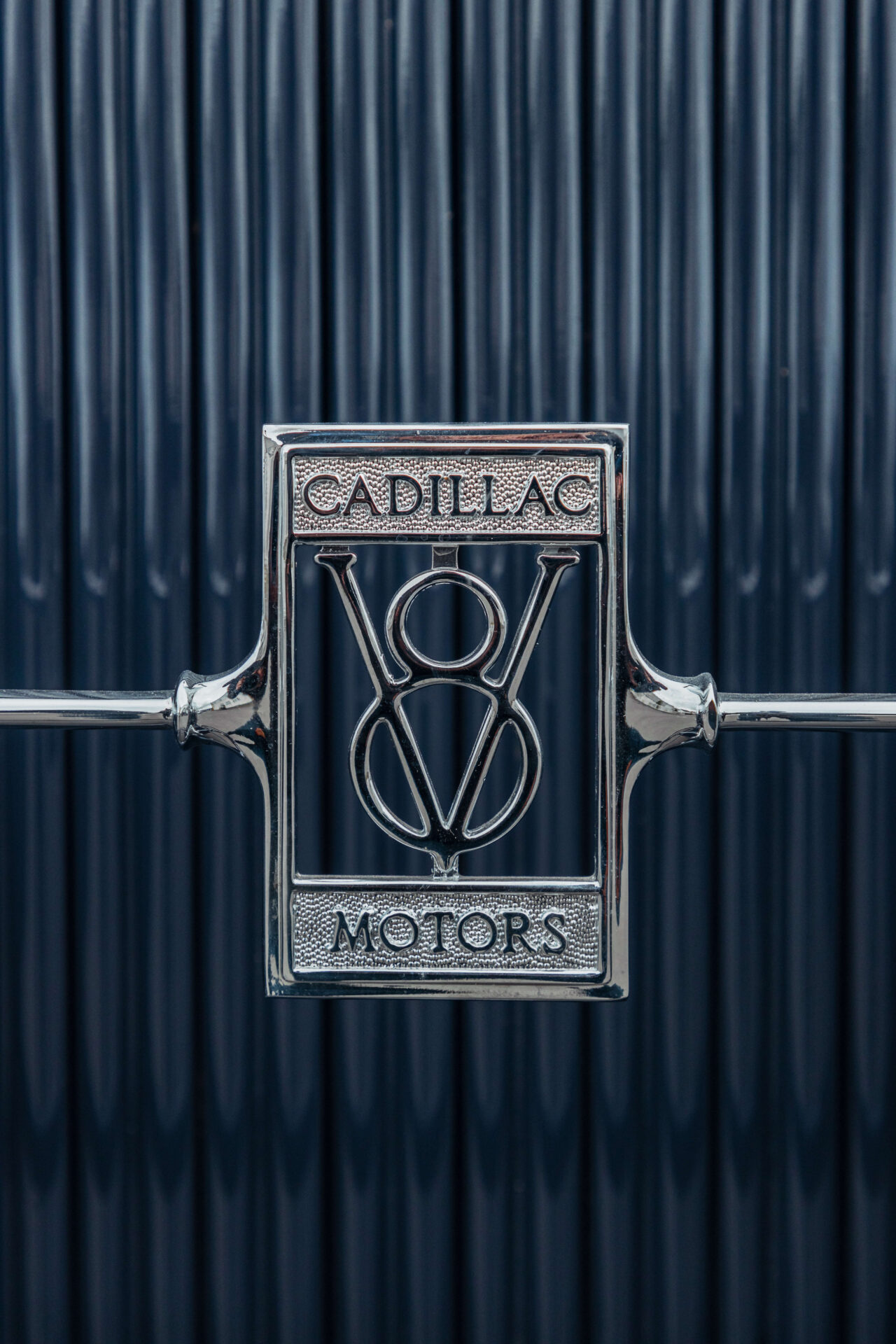
Recent posts
Lagonda 16/80 Special Six 1933
English Touring The car we present to you this week is the Lagonda 16/80 Special Six in the Demers Car Collection. Lagonda was a luxury British car brand that Aston Martin eventually absorbed. Through its association with Aston Martin, it is sometimes hard to remember...
An Introduction to Lagonda
Before Aston Martin “The history of Lagonda cars is synonymous with sophistication, opulence, and groundbreaking performance” - An article for Discovery UK Today, we may recognize the name Lagonda from its association with Aston Martin. Before these two brands...
Cadillac Model A 1903
The Standard of the World “No other American car on the market in the first decade of the century was constructed to higher standards than Cadillac.” - Stephen W. Sears in The Automobile in America Some of you may know that Cadillac has long had the slogan “Standard...
“Is Cadillac the American Rolls-Royce?” – Alan Anderson in The Complete Book of the Car
The automotive industry really flourished in the 1920s in America. The Era of Classics, the 1920s, saw a multitude of cars and brands that have now passed to the statue of icons. Cadillac is no different. Building on its stellar reputation for quality, it produced attractive cars for the wealthier people. One such car, the 1928 Cadillac 341-A Sport Phaeton, can be found in the Demers Car Collection.
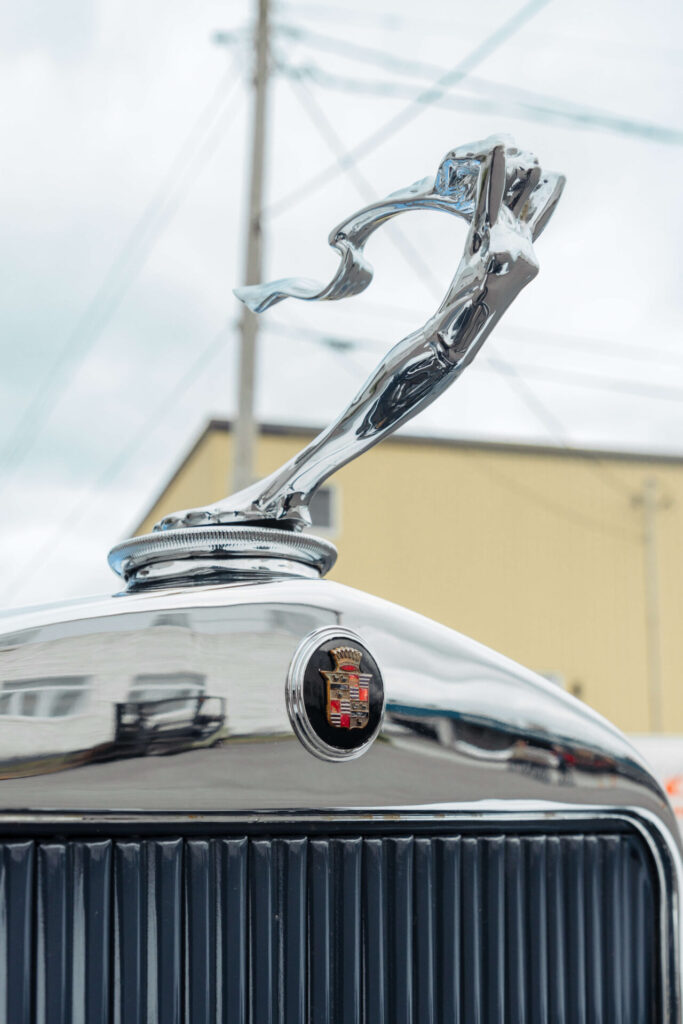
The Industry and the V8
Cadillac, being “The Standard of the World,” maintained its reputation by investing in innovation. It already led the way in the adoption of precision manufacturing and standardization. Cadillac’s introduction of the V8 is no different. At a time when the industry was focusing on perfection a 6 cylinder engine, Cadillac shocked the market by introducing a V8 in 1914. Prior to that, Cadillac only produced 4 cylinder engines, and the jump from 4 to 8, skipping the 6, exemplified Cadillac’s commitment to being an industry leader.
The new V8, would remain a staple for Cadillac, improved upon over the years. Passing from an output of 70 horsepower in 1914 to 90 horsepower in 1928, it is the engine that powers this model 341-A of 1928. Although France’s De Dion Bouton had put out a V8 as early as 1910, it is believed that Cadillac’s V8 was America’s first V8 and the world’s first commercially viable V8. This recognition is due to the engine’s reliability and advanced technology. Indeed, Cadillac’s V8 was rigid yet light, and easy to maintain. Its extended use over the years proved its commercial viability.
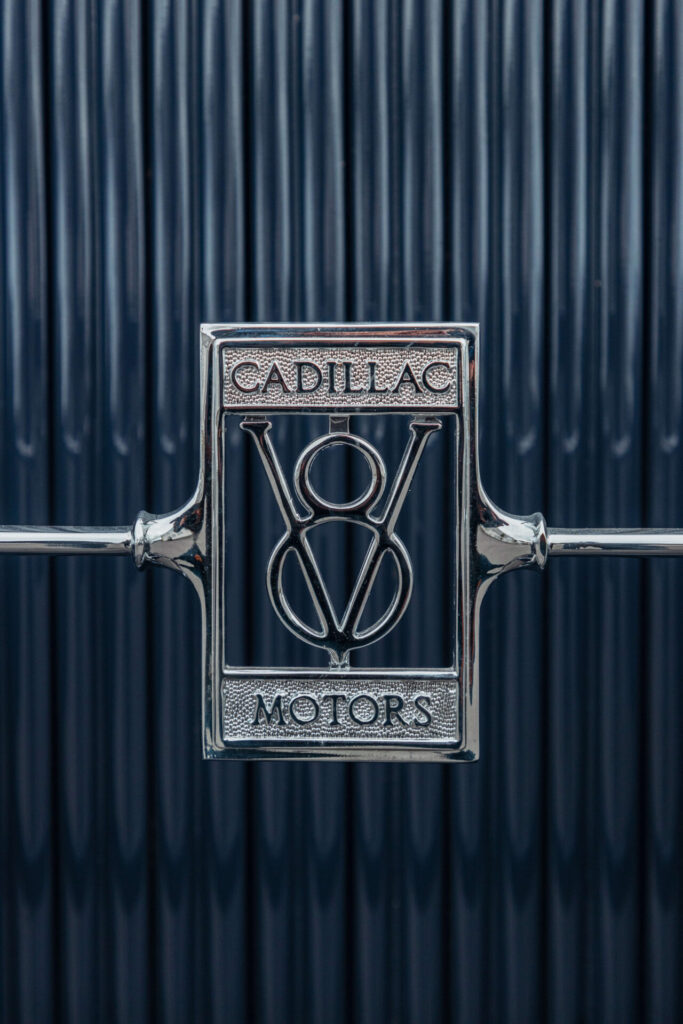
The 1928 341-A Cadillac
Introduced in 1927 for the model year 1928, the 341 Cadillac was produced in two series, the 341-A of 1928 and the 341-B of 1929, before being replaced in 1930. To power the Cadillac 341, the famous V8 engine was enlarged. The “341” name names the engine’s displacement. The chassis of Cadillac’s most popular model was lengthened for this model. Another first, the 1929 Cadillac 341 saw the introduction of the first synchromesh gearbox, making gear shifting easier.
Although the 341 bodies were manufactured by Fisher, their shape was influenced by Harley Earl. Recently hired by GM to style their new LaSalle brand, 1928 Cadillacs are the first Cadillacs to benefit from Earl’s styling. As a result, Cadillac’s looks greatly improved, some calling it a styling revolution. Particularly, ones like this Phaeton are considered as some of the best looking cars of the period.
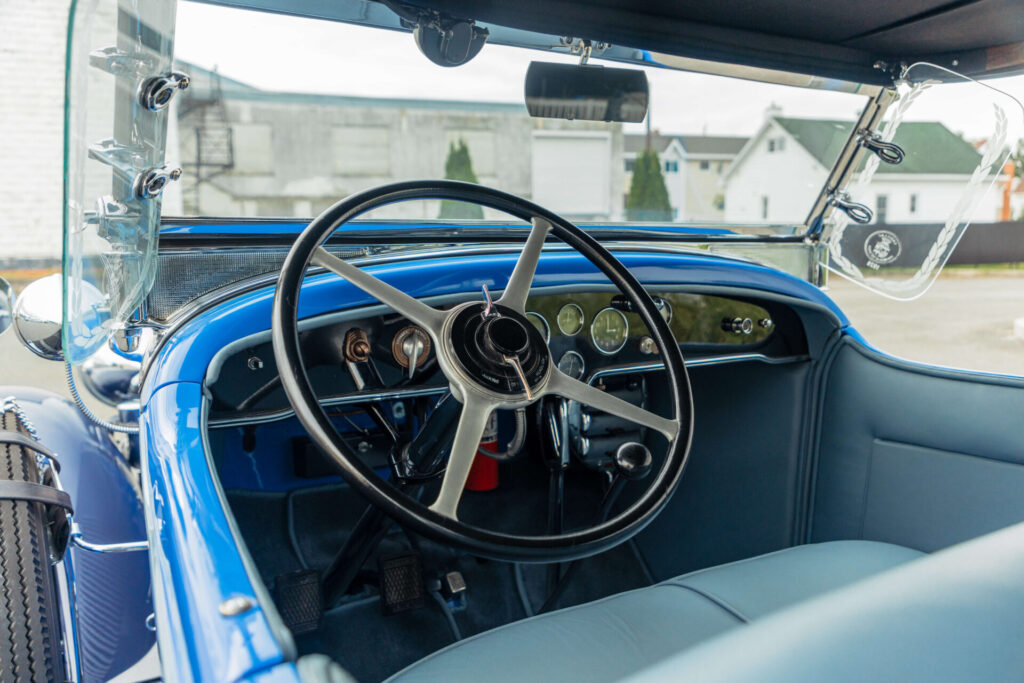
What’s a Dual Cowl Phaeton?
In the 1920s, the American car buyer was becoming increasingly discerning and the supply of cars was growing. Automobiles were also becoming more and more accessible, becoming the mode of transportation of choice. A buyer could find a car for any need or desire, and brands evolved into different niches. To match the demand of an increasingly choosy clientele, a variety of styles were offered for Cadillac cars. In 1928, the Cadillac 341-A alone was offered in 11 different bodies. We have to remember that that was a time when custom coachbuilding was popular. So it isn’t surprising that even mass produced cars offered the customer some amount of choice.
Unlike the convertible that has a folding roof and windows and the speedster that has no roof, a phaeton has a folding roof but no side windows. It is an open style with no weather protection. Here, it is a dual cowl phaeton as the backseat passengers are separated from the front seats. A second windscreen gives some protection to the back seat passengers.
Although far from being a Duesenberg or a Rolls-Royce, Cadillac produced cars for the high end market. An open air phaeton would be as impractical back in 1928 as it would be today. They’re also not the most luxurious or formal cars. The kind of person who could afford such a car would have more than one car in their garage, flaunting their carefree wealth. A dual cowl phaeton could be driven either by the owner or by a chauffeur. Driven by a chauffeur with the owner sitting in the back the dual cowl phaeton is reminiscent of a parade car.
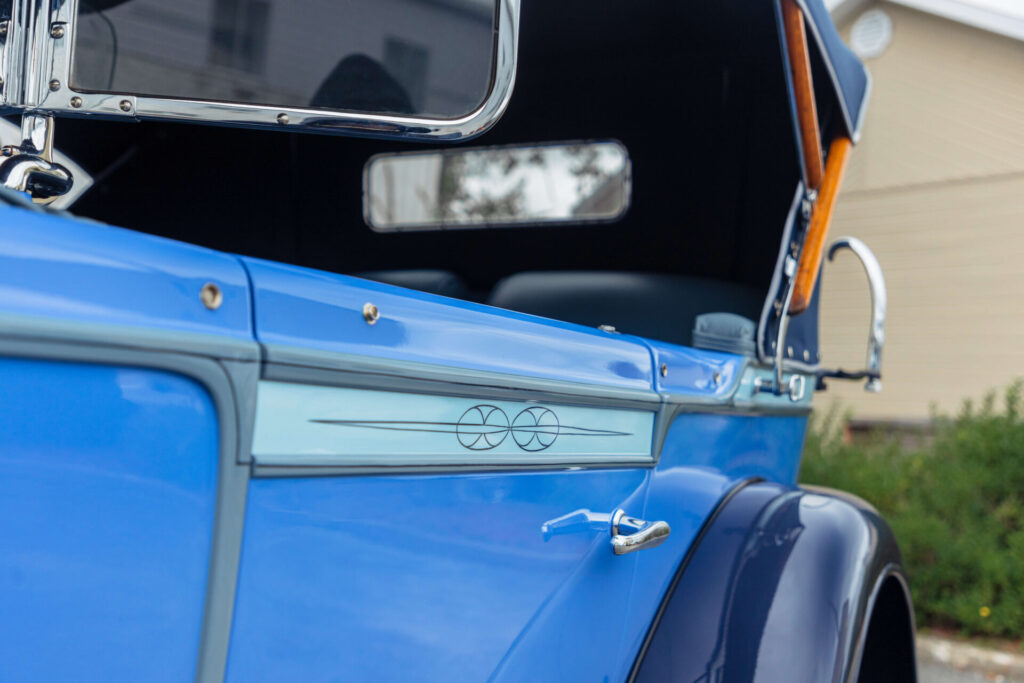
What Now?
With rich people trying to hide their wealth after the advent of the Great Depression, the phaeton body style became extinct. Unlike the phaeton and many of its competitors, Cadillac survived those challenging years. The Cadillac 341 is not only a beautiful car, it is also a testimony of the contribution Cadillac has made to the automotive field. It carries the history of the brand as well as the impact of men like Harley Earl and Henry Leland. Don’t miss next week’s blog, where we introduce you to another high end brand, this time from the other side of the pond: Jaguar.
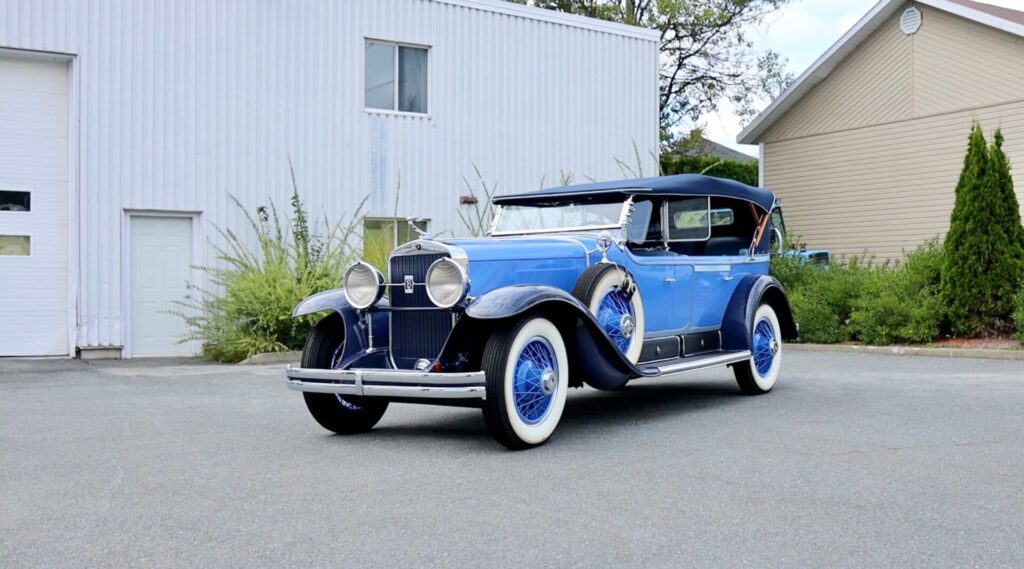
The Nitty Gritty
- Hydraulic shock absorbers;
- 341-cu in., 5.6-litre, side-valve, V8 L-head engine;
- 90 bhp;
- Three-speed manual gearbox;
- Rear-wheel drive;
- Drum brakes;
- Steel body;
- Max. speed: 70 mph or about 112 km/h;
- 140-in. or 355.6 cm wheelbase;
- Weight: 4046 lb or about 2105 kg.
